Mulching: what is it and why practice it?
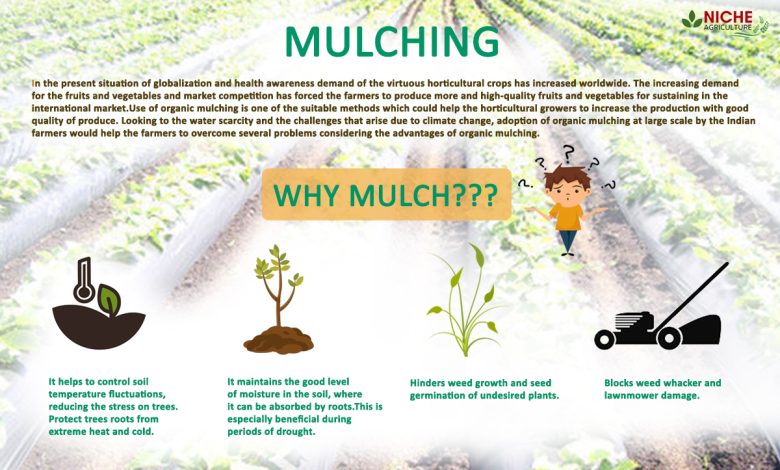
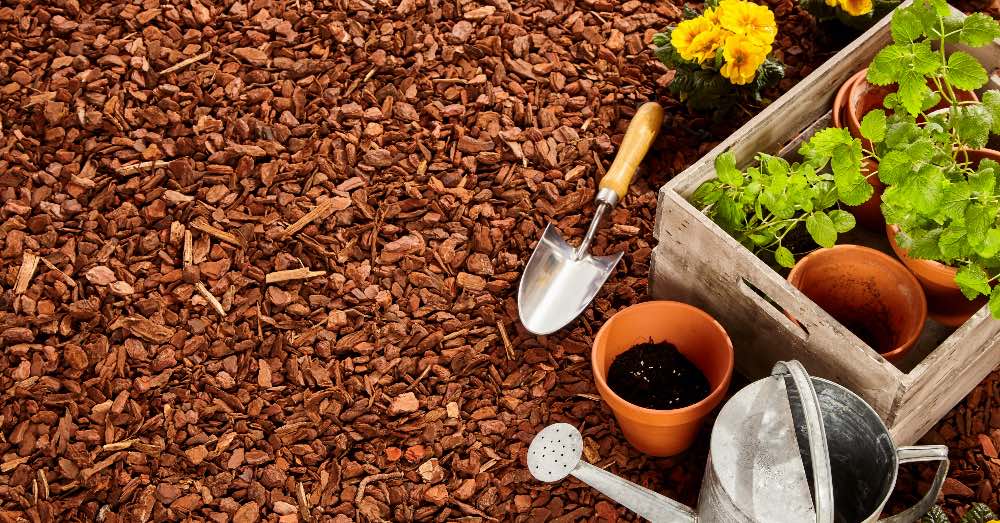
It is one of those gardening tasks that, just with the name, can be extremely complicated. However, if instead of saying mulching we mention the word mulch, it will seem much more earthy and less difficult. A term that, despite being very common, is often misunderstood.
Let’s start by busting two myths about mulching. To begin with, and although they are the most popular, it is not only practiced on the lawn or in the garden. Actually, we are talking about a technique that is also recommended for other plants such as ornamental outdoor plants. But in addition to this, there is another aspect to consider in order to overthrow the prejudices surrounding mulching. And it is that, although the most common is to carry it out in autumn, it is not the only season in which this work can be an ally.
Therefore, there is nothing like knowing what exactly mulching is or how we can apply it to our plants. And, what is more important, how it can affect our plants.
WHAT IS MULCHING?
Let’s start by knowing what exactly is mulching or padding. By definition it consists of a layer of plant debris and other materials that accumulate on the ground. Usually, these remains are chopped and never create a compact layer.
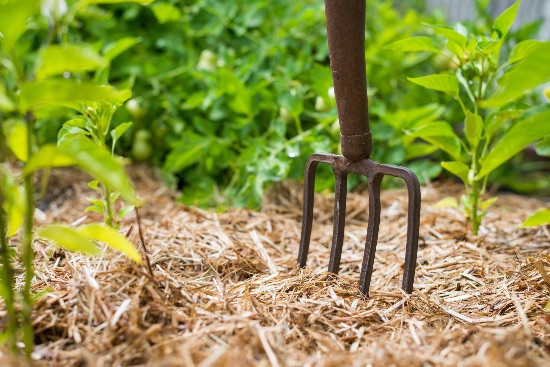
Although we may think that mulching responds to a brainy gardening technique, nothing is further from the truth. The truth is that all it does is recreate the conditions that occur in nature. And there is no more than bringing to mind the image of a forest. In it, leaves and other organic waste fall, piling up on the ground. A non-compact vegetable layer created by nature itself that not only acts as fertilizer but, fundamentally, as protection.
Both in gardening and agriculture, the human hand recreates what nature does for itself.
BENEFITS OF MULCH IN THE GARDEN AND ORCHARD
Now that you understand exactly what it is, it’s time to find out why we should put it on our September garden to- do list. What’s more: to be rigorous, the ideal would be to contemplate it as part of the care of the garden in the fall and the care of the plants in the fall. Because, far from being a task that we can ignore, putting it into practice only has benefits for our plants.
Let’s start with the obvious. The most common reason for mulching is to protect the roots from outside weather. But beware: not only from the cold. The presence of this mulch layer on the base of our plants favors maintaining a constant temperature in the soil. That is why it is not only interesting to use it to safeguard the roots from low temperatures. In addition, during the summer months it can be key to prevent evaporation from the soil since it acts as a sunshade.
Now let’s go one step further to discover what other reasons there are to not hesitate to mulch in our garden, pots or orchard.
1. Optimize irrigation water
As we said, the mulching layer helps retain soil moisture. If we consider how to save water in the garden in summer, mulching can be a real ally.
But, again, it can also be in winter. By keeping the substrate away from the external incidence of cold, it prevents soil compaction, favoring a permeable substrate. Something that will allow us to take advantage of rainwater.
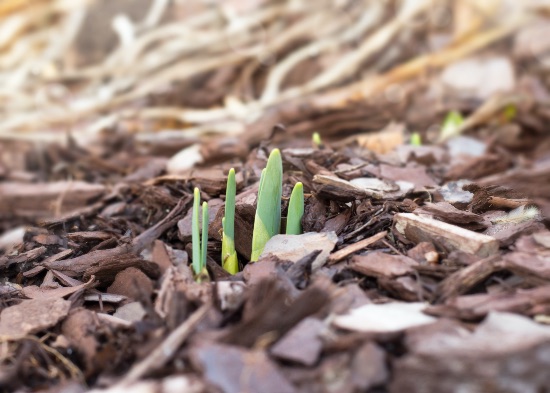
2. Prevents the appearance of weeds
How to eradicate weeds in the garden is one of the usual headaches among gardeners. And it is not for less: adventitious weeds not only steal nutrients but, in addition, they are magnets for pests.
Well, making a mulch can also solve this problem in part. The presence of this layer of organic or inorganic matter prevents sun exposure on the substrate. Something that prevents the proliferation of these undesirable herbs.
3. Promotes soil fertility, one of the advantages of organic mulching
Sooner or later, the mulch breaks down. Let’s not forget that it is largely made up of plant elements. Therefore, when it continues with its natural process, it becomes a perfect humus to fertilize the soil.
A contribution of organic matter that can only have a positive effect on our soil.
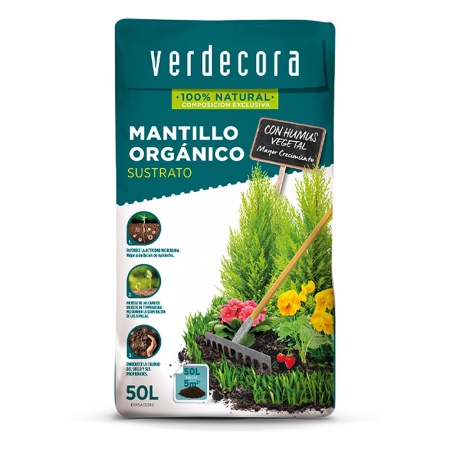
4. Improve soil life
This aspect is closely linked to the previous one. The decomposition of the mulching enhances the activity of the microorganisms that inhabit the substrate. Far from being a threat, these microbes make our soil richer in minerals and more.
5. Protect the soil from the weather
We cannot lose sight of the fact that both the sun and the rain, the wind or the cold have an impact on the ground. They compact it, erode it and even drag the nutrients it may contain. The presence of the mulching layer precisely prevents this from happening.
HOW TO MAKE YOUR OWN MULCHING
Once its importance is understood, it is time to know how to carry it out. And, as we said at the beginning, it is not a complicated task, although it does have certain details that will be key to making it effective.
1. Choose the most suitable type of mulching
Although originally the mulching is organic, it is also possible to have a mineral one. Choosing one or the other will depend, to a large extent, on certain climatic conditions of the place where we live and to which our plants are exposed.
organic mulching
Composed entirely of waste of natural origin. It is perfect if we want our mulching to also have a function of enriching the soil. It is also ideal for soils with a tendency to compact.
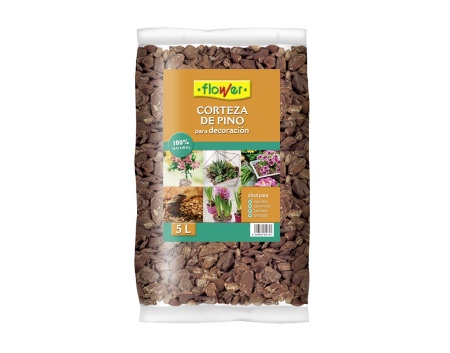
The most common natural materials are bark and wood chips, grass clippings, dry leaves or straw. If we opt for this type of padding, the ideal is that we have large pieces of whatever we choose. This way, they will take longer to break down.
mineral mulching
Since it is not of natural origin, it will never decompose or enrich the soil. However, it is ideal for perennial plants or even for those subject to adverse weather conditions.
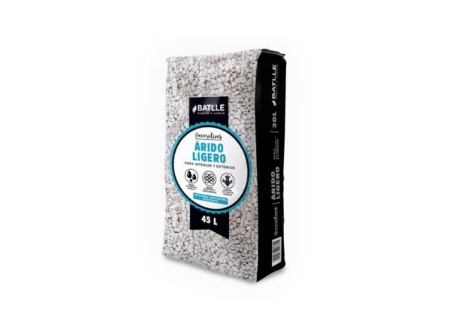
In this list of mineral padding, materials such as gravel, decorative stones or clay balls gain weight.
2. Prepare the soil before placing it
Before making our padding, it is essential to thoroughly clean the area. And not only eliminating weeds: it is also important to aerate and loosen the soil.
3. Choose the moment to do your mulching
We will never mulch on cold or icy ground, nor if it is dry. The ideal is that it has a certain degree of humidity, and that the temperature is medium.
Also, it is important to avoid placing our mulch in windy conditions.
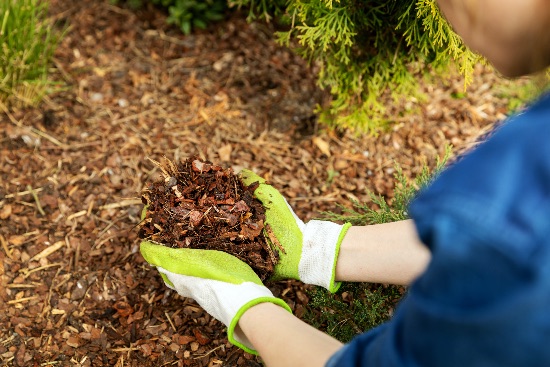
4. Keep certain distances
When we make a mulch, we will never bring it closer to the base of our plants. Especially if it is organic, it is not recommended to have decomposing material next to a living plant. If we do, we may be causing fungi or even the rotting of the plant.
To avoid this, the ideal is to place the mulch at a distance of between 10 and 15 centimeters from the stem of the plant. In the case of trees and shrubs, this measure is not so demanding if they are specimens that are neither too young nor recently planted.
Also, try not to compact the mixture too much. It is interesting that water can penetrate through the mulch to the substrate.
5. Adjust the thickness of the mulch to the needs of your plants
A crucial detail. If we create a mulching that is too thick, we run the risk of excess heat or condensation that prevents the roots from breathing properly. Therefore, nothing like monitoring the thickness to avoid unpleasantness.
If we opt for damp materials for our padding, it will suffice for it to measure between three and five centimeters. If we opt for dry or light materials, the perfect measure ranges between four and eight.
And finally, one more tip: a good irrigation after placing the mulch. Only in this way will it gain that moisture that we so desire. And only then, in addition, will it fulfill its incredible function.

![Photo of Subhumid Temperate Climate: [Characteristics, Flora, Fauna and Adaptability]](https://www.complete-gardening.com/wp-content/uploads/2022/08/subhumid-temperate-climate-characteristics-flora-fauna-and-adaptability-390x220.png)

![Photo of Learn to Plant Corn: [12 Steps] and Much More](https://www.complete-gardening.com/wp-content/uploads/2022/08/learn-to-plant-corn-12-steps-and-much-more-390x220.jpg)
![Photo of Loquat: [Cultivation, Irrigation, Care, Pests and Diseases]](https://www.complete-gardening.com/wp-content/uploads/2022/08/loquat-cultivation-irrigation-care-pests-and-diseases-390x220.jpg)